Who’s Calling? Setting Up the Digital Contacts List
Whenever you transmit on a digital channel, the BTECH DMR-6X2 sends not only what you said, but also your Radio ID (also sometimes called your DMR ID). This allows stations who are receiving your transmission to know who’s transmitting. Likewise, when you receive a transmission, you’re also receiving the Radio ID of the station transmitting. That ID is shown on the radio’s display, along with the talk group.
In addition, the BTECH DMR-6X2 can also display the name and callsign of the amateur who made the transmission. It does this by looking up the Radio ID in the Digital Contacts List. The BTECH DMR-6X2 can store up to 160,000 listings. Each listing includes the callsign, name, and location for each radio ID.
To use this feature, you will have to first obtain this information in .csv format, import the .csv file into the DMR-6X2 programming software, and download it to the radio. One place to get the .csv file using the Digital Contacts Wizard. This site, run by Marshall Dias, W0OTM, has an excellent online DMR database generator. BTECH customers can get a properly formatted .csv file for their DMR-6X2s. This is found at the BTECH DMR Firmware and Software Update page and clicking on the link “AmateurRadio.Digital DMR-6X2 Digital Contacts Wizard (FREE).”
Once the generator is open, then do the following:
To make this data part of your code plug, do the following:
- On the main menu, click Tool → Import to load the .csv file.
- Click on Digital Contact List and select the location of the downloaded DB file.
- Select Import at the bottom of the screen. At this point, the programming software will begin to import the data in the .csv file. Note that because of the size of the database, it may take upwards of 5 minutes to load the data.
Once loaded, you can view the data by selecting Digital Contact List from the menu on the left.
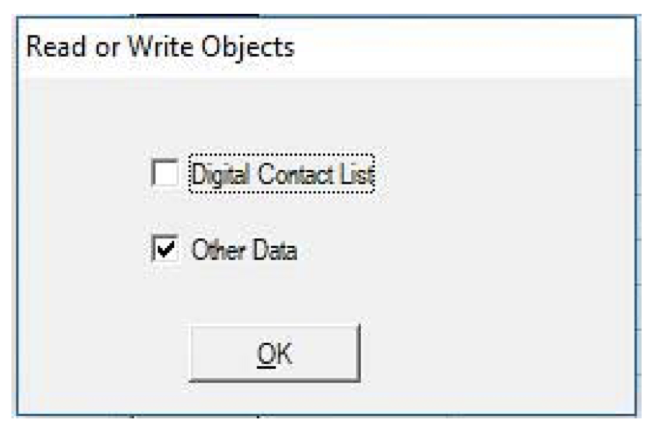


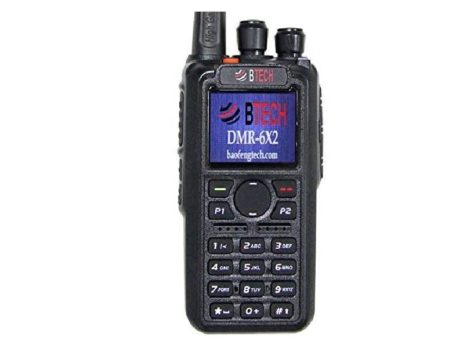
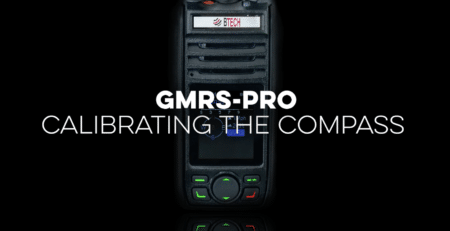
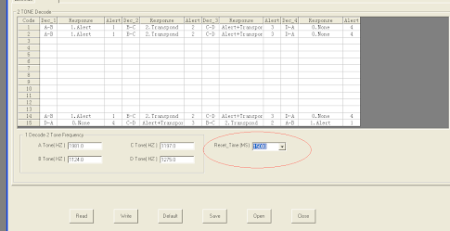
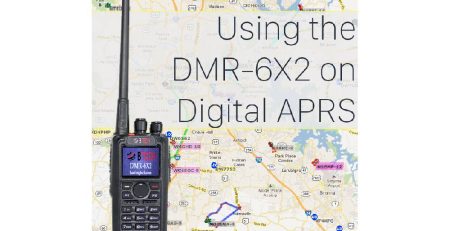
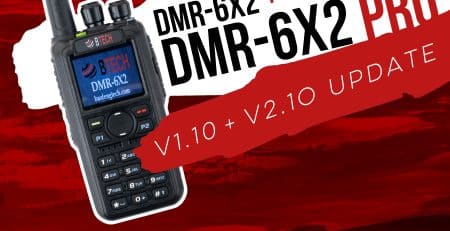


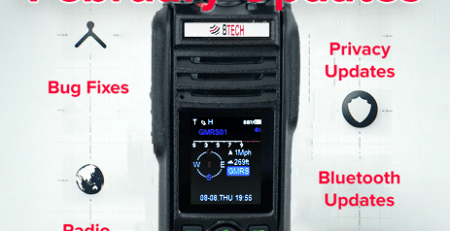


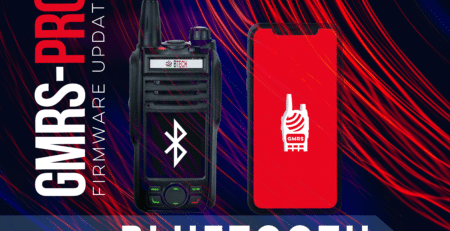
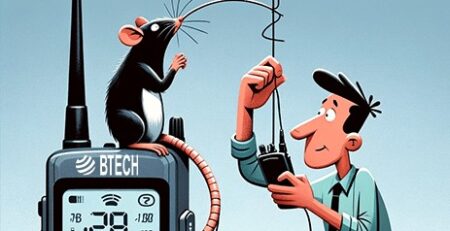



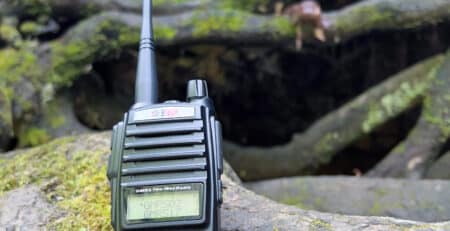

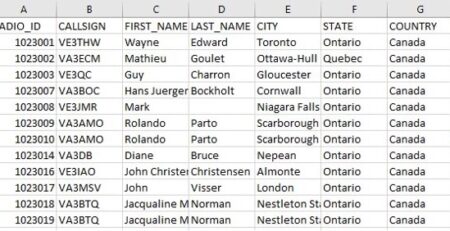
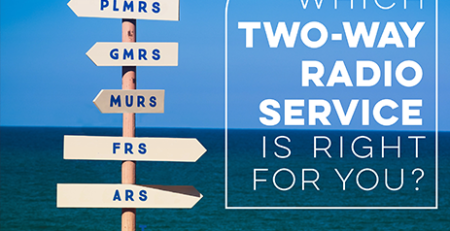
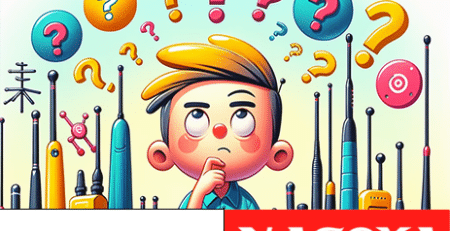


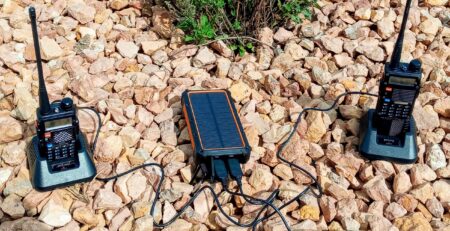

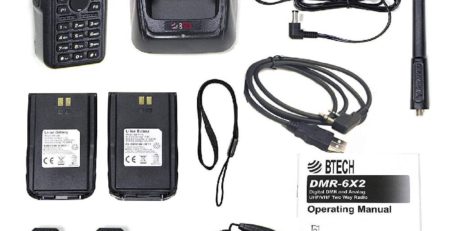
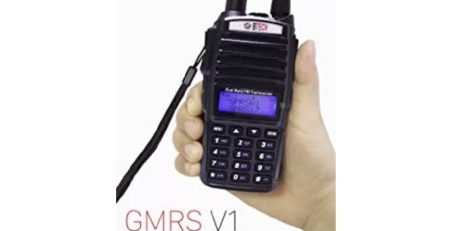

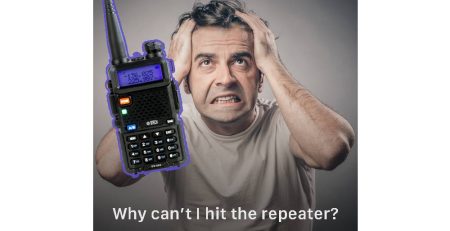
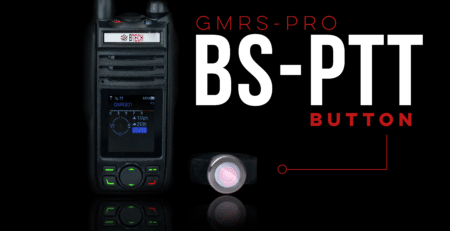
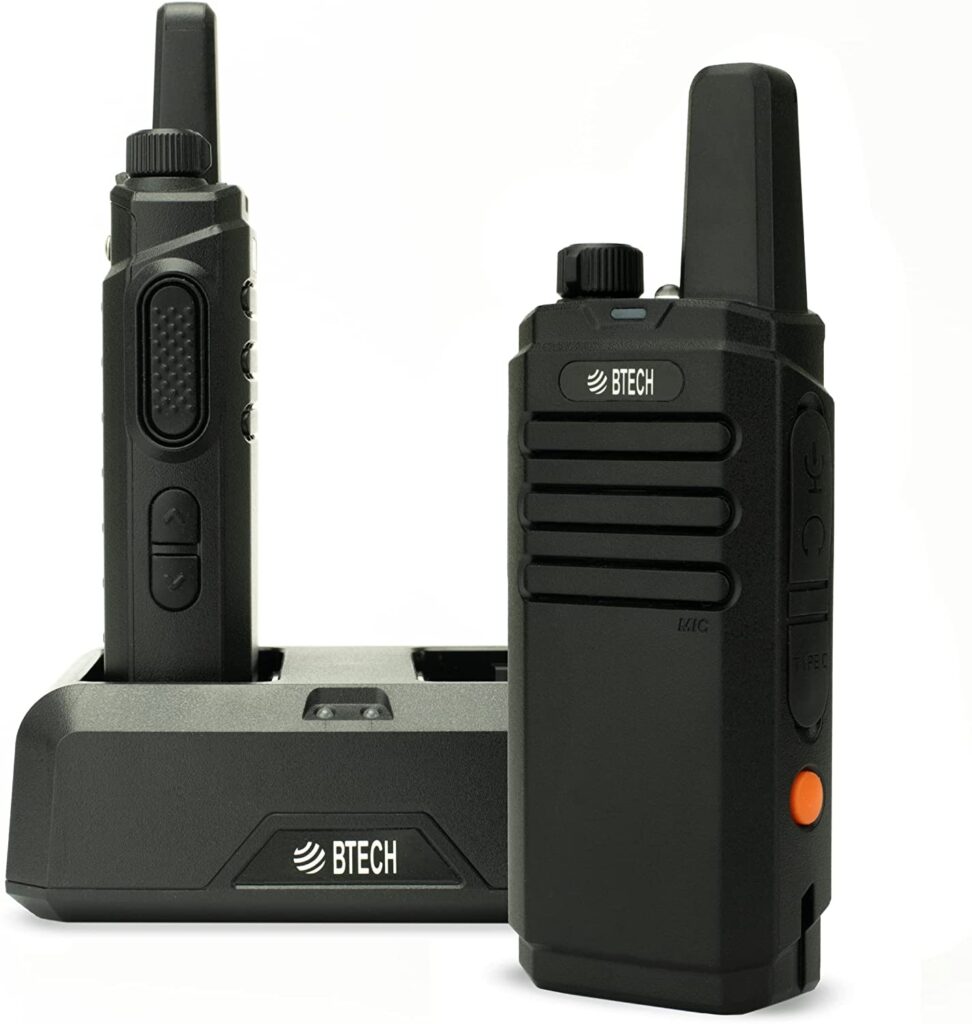
Comments (2)
How do you access the Friends List from the radio to contact those who are on that list?
Reach out to our support at [email protected]